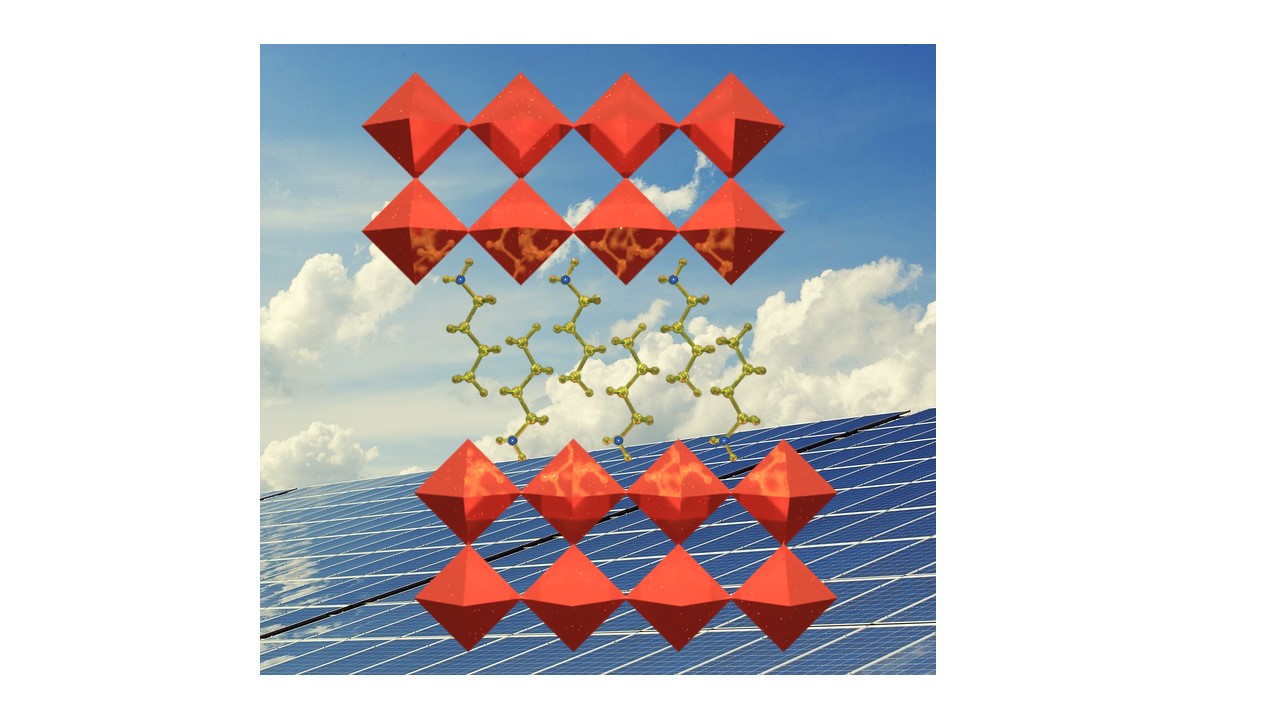RESEARCH PROGRAMMES
P1: Organic Nanosystems for light harvesting and energy conversion
P2: Fundamental properties of 2D materials
RESEARCH SUPERVISOR(S)
Prof. Reinhold Wannemacher
Research Group website: https://nanociencia.imdea.org/research/research-programs/time-resolved-optical-spectroscopy/nanooptics-and-nanoacoustics
Dr Ferry Prins
Research Group website: www.ferryprinslab.com
Dr. José Sánchez Costa
Research Group website: https://nanociencia.imdea.org/switchable-nanomaterials-group/group-home
RESEARCH TOPIC DESCRIPTION
Perovskite solar cells have reached light collection efficiencies of well over 25% just a few years after their first reports. Their great advantage over silicon-based solar cells is their solution-based processability, requiring much less energy than the melting of silicon and therefore leaving a much reduced environmental footprint. Currently, the main challenge in the broader applicability of perovskites is to improve their environmental stability. Reducing the dimensionality of perovskites is one of the most promising approaches to obtain more stable performance. Perovskite solar cells with mixed two-dimensional (2D) and three-dimensional (3D) phases, for example, have been fabricated with over 22% efficiency and stability for more than 10,000 h. Phase-pure 2D perovskite solar cells have been produced with efficiencies above 18%. The environmental stability in 2D perovskite phases is the result of better moisture resistance of the hydrophobic organic spacers that passivate the inorganic perovskite sheets, and an increased formation energy of the material in general.
Current challenges in this field include: (i) Crystal growth of the 2D perovskites must be improved and their structure must be reliably determined using x-ray methods, including grazing incidence wide angle x-ray scattering (GIWAXS), transmissiton electron microscopy (HRTEM) and Raman spectroscopy. New cations, including conjugated organic cations must be investigated in this respect. (ii) In-plane and out-of-plane charge transport in the materials must be characterized in detail with contact-based and contact-free optoelectronic techniques. (iii) The photophysics of the materials must be studied employing time-resolved photoluminescence (TRPL) and transient absorption spectroscopy (TAS) at variable temperature. (iv) The stability of the materials must be improved and characterised. The rigidity of the materials can be determined, e.g., by Raman spectroscopy and Raman imaging.
POSITION DESCRIPTION
The candidate should have experience in perovskite materials for solar energy conversion, including the fabrication and characterisation of devices. The structure of the materials needs to be characterised by x-ray scattering, including GIWAXS, generally to be performed at synchrotron laboratories. Optical (micro) photoluminescence (PL) and (micro)-Raman spectroscopy and imaging at variable temperature down to 1.5 K and with picosecond time resolution and PL and Raman imaging of the synthesized materials is required. Femtosecond to millisecond TAS set-ups are available in our laboratories, as well as set-ups for time-domain THz spectroscopy.
Experience in any or all of those techniques will constitute important criteria for selection of the candidate. Applicants must hold a doctoral degree in physics, chemistry, materials science or other closely related fields of natural sciences and should have experience in optics and time-resolved optical spectroscopy, preferably also under cryogenic conditions and with spatial resolution.
Good proficiency in the English language will be helpful to work within a stimulating international and interdisciplinary research environment. Candidates who have already shown the capability to carry out independent research will be preferred. The position is intended for a candidate with a prospect and the will for an independent scientific career.
PARTNER ORGANIZATIONS
Alba Synchrotron, Barcelona.
The candidate will employ synchrotron radiation to resolve the crystalline structures of microscopic crystals of the hybrid 2D-perovskites at variable temperature. ALBA provides access to the corresponding equipment and software for resolving the crystal structures. Interlayer spacings can be preferably investigated employing GIWAXS.
The candidate will use synchrotron radiation to resolve the crystalline structures of the hybrid 2D perovskites under external perturbations, mainly variable temperature. This structural information will allow further understanding of intermolecular reactions in the solid state. ALBA will provide access to the appropriate equipment and software to resolve the crystal structures. More specifically, the information will be obtained from the XALOC beamline under the supervision of Dr Roeland Boer.

Image: Ruddlesden-Popper type 2D materials with van der Waals interlayer interactions of the organic ligands
